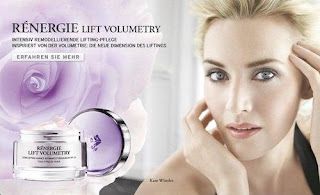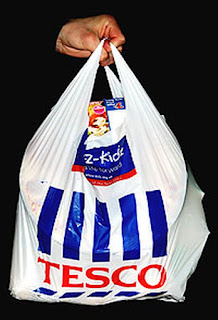Twelve years ago, a book came out which celebrated the almost unlimited choice enabled by the internet: The Long Tail, by Chris Anderson. Four years ago, I questioned the notion of choice: were we maybe living more in an age of pseudo choice, where increasingly, the internannies Google, Facebook and YouTube were knowing better what we were looking for: Did you mean ...?
I'm still irritated by Did you mean .....? as in most cases, no, I didn't. If I looked up something obscure that 99.9% of people would never search for, the chances are I did it on purpose. But in the four years since I wrote that post, the internannies have become increasingly sneaky, manipulating what we might or might not like to see behind the screens.
And, reading this excellent article from Contagious, about Voice. It's estimated that, by 2022 55% of US homes (48% of UK) will have a Smart Speaker in their home. And within two years, 30% of web-browsing will be done by voice.
Of course screens won't disappear, in the same way that bricks and mortar shops won't disappear, or TV advertising, but imagine this: if you search for an item on amazon via your device, you'll probably look through a largish number of the options presented. You can process visual information pretty rapidly.
But if you ask Alexa, how many options are you likely to want to listen to? Not many. Processing of auditory information takes far longer.
Whether you dock a dog's tail is a matter of choice and fashion, but I can't say I particularly like it.
GOING FORWARD – MORE PROOF
2 years ago


















